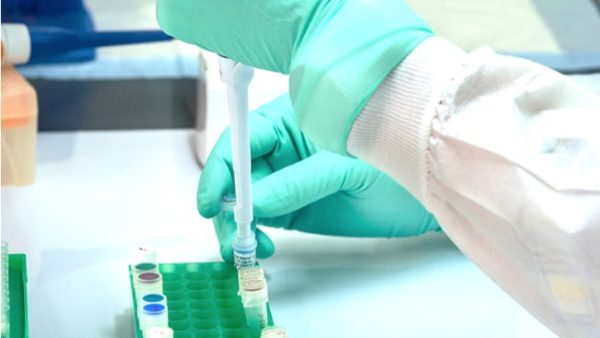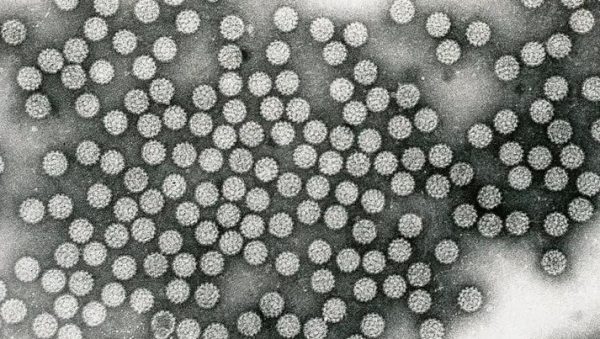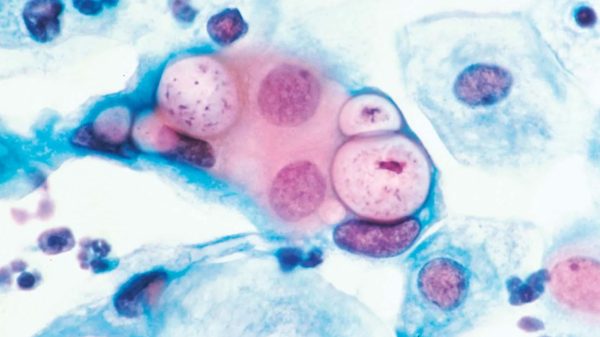
As a vaccine-preventable disease, the principal means for interrupting transmission of the poliovirus is through immunization. Supplemental Immunization Activities (SIAs) are a cornerstone to achieving the coverage needed to interrupt transmission in most, and especially the hardest-to-reach, settings. After the ‘switch’ from the trivalent oral polio vaccine (tOPV) to the bivalent OPV (bOPV), the serotype-2 component of the OPV was removed from routine immunizations. Therefore, immunization to interrupt the transmission of type-2 polioviruses is exclusively done through SIAs. Achieving high coverage during SIAs is a critical exercise to interrupt transmission with available vaccines.
The Global Polio Eradication Initiative (GPEI), a partnership between WHO, UNICEF, US CDC, Rotary International, BMGF, and Gavi, currently measures SIA campaign coverage through three principal methods: Administrative Coverage; Independent Monitoring (IM); and Lot-Quality Assurance Sampling (LQAS). As each method carries a set of known limitations, GPEI uses all three methods during campaigns; however, even with this ensemble approach, the accuracy of each or all methods is limited towards predicting where coverage in consequential settings was high enough to interrupt transmission. Other methods, such as Vaccinator Tracking Systems (VTS) paired with high-resolution population mapping, have also been used to good effect but require extensive time and monetary investments.
The primary goal of this project was to gather evidence on novel and updated methods for post-SIA campaign evaluations that could be utilized by GPEI to improve and drive data-based, real-time decision making. Specifically, the project aimed to:
- investigate the landscape of campaign coverage metrics and methods with respect to pros and cons across domains of technical requirements, statistical strengths/limitations, ability to collect near-real-time data, field feasibility, cost, and accuracy. Consider coverage metrics within and beyond health campaigns (eg, humanitarian, food, and other sectors),
- to assess methods for the potential for increased accountability and performance-based incentives,
- to describe strengths and limitations of current administrative, IM, and LQAS methods relative to the state of the art methods, and identify opportunities to improve the performance of each approach,
- and to propose, or collect data needed to weigh, optimal coverage methods, metrics, and in which settings to use each.
Between July and December 2022, the START team conducted extensive landscape reviews across various sectors to identify relevant novel and updated methods that could be utilized by GPEI for post-SIA campaign evaluations. Based on the team's findings, they identified four categories of specific interest: novel updates to the use of LQAS, further integration of GIS systems, the development and expansion of mHealth- and SMS-based approaches, and the use of novel biomarkers of immunity to assess vaccination status. Initial findings were presented to an audience of stakeholders at the Bill & Melinda Gates Foundation and the United States Centers for Disease Control and Prevention. Based on discussions from this meeting, the team adapted search strategies and developed a feasibility matrix to identify the specific methodological and statistical approaches that were most feasible for implementation based on current GPEI needs. Final deliverables, including a comprehensive presentation slide deck, excel tool with relevant resources, and a corresponding feasibility matrix, were provided to the foundation in December 2022, and will be shared with relevant stakeholders across all GPEI partnership organizations.








